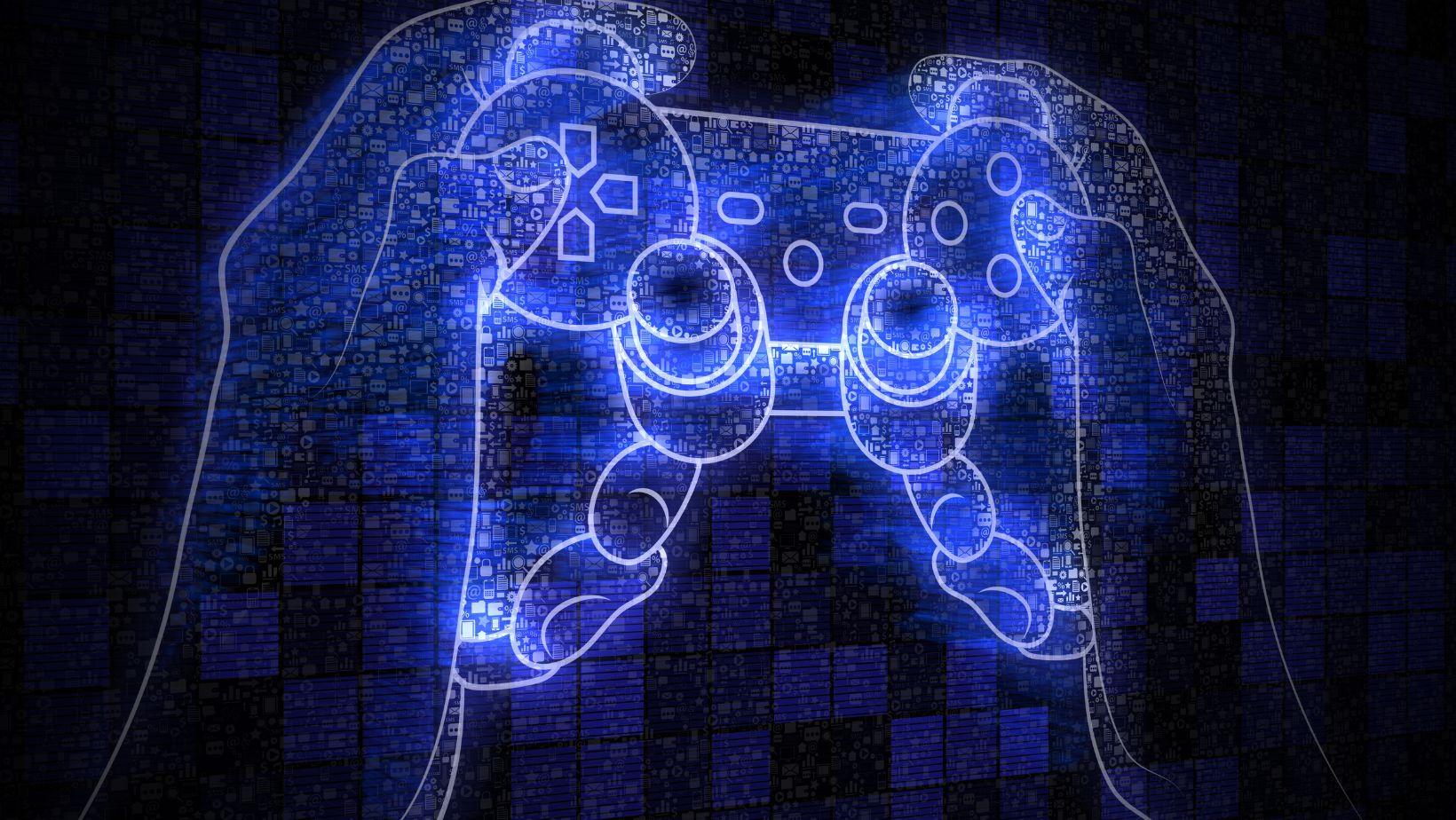You craft the perfect list of prospects, you hit “Connect,” and then nothing. It’s the digital equivalent of a ghosting, an invitation sent into the void with no reply. With the Linkedin weekly invitation limit forcing every single outreach to be more strategic, the cost of a failed connection is higher than ever. The reason most invitations are ignored is a catastrophic failure of psychology. We’ve been so focused on the what the tool, the template, the numbers game that we’ve completely forgotten the who: the busy, distracted, and skeptical human being on the other side of the screen.
To get more people to say “yes,” you have to understand the subconscious, three-second audit their brain performs the moment your invitation pops up. This isn’t a rational, deliberate process. It’s a rapid-fire, primal assessment driven by a single, overriding question: “Is this person a threat or an opportunity?” Most invitations scream “threat” which is a threat to their time, a threat to their inbox, a potential sales pitch in disguise. To succeed, your invitation must pass through three critical psychological gates.
Table of Contents
ToggleGate #1: The Recognition Gate (“Do I Know You?”)
The human brain is a pattern-matching machine that is hardwired for familiarity. When we see something familiar, our defenses lower. When we see something strange and new, our defenses go up. A connection request from a complete stranger is the ultimate strange and new. Their brain’s immediate, subconscious reaction is suspicion.
This is why the generic, template invitation is a guaranteed failure. It has zero familiarity. You are a stranger, asking to be let into their inner circle. The default answer will always be “no.”
How to Open This Gate: You must manufacture familiarity before you ever send the invitation. This is the “warm-up” phase, and it’s the most overlooked, highest-leverage part of the entire process. For a week or two before you plan to connect, you become a quiet, helpful, and non-threatening presence in their digital world.
- View their profile: This is a silent, professional nod from across the room.
- Follow them: A simple, no-strings-attached way to subscribe to their public thoughts.
- Leave a thoughtful comment: This is your superpower. Find a recent post they’ve shared and leave a genuine, insightful, multi-sentence comment that adds to the conversation.
This is where “soft automation” can be a game-changer. Instead of manually tracking dozens of prospects, you can use a tool to automate the profile view or a simple “like” on a relevant post. The goal isn’t to fake a relationship, but to use technology to scale the process of creating genuine familiarity. By the time your invitation arrives, your name and face are no longer strange. Their brain has already seen you, and the first gate of acceptance begins to creak open.
Gate #2: The Relevance Gate (“Why Me?”)
Once their brain has determined you’re not a complete stranger, it immediately asks the next question: “Okay, I’ve seen you around, but why are you reaching out to me, specifically?” This is where your personalized note is the entire ballgame. A blank invitation note is a signal of laziness. A personalized one is a signal of respect.
This message must immediately and clearly answer the “Why me?” question. It must provide a specific, verifiable point of context that makes the outreach feel intentional, not random.
How to Open This Gate: Your message should be built on a foundation of genuine relevance. This is your “hook.”
- The Shared Community: “Hi Sarah, I saw you’re also a member of the ‘Fintech Founders’ group. I’m always keen to connect with other leaders in that space.”
- The Recent Post: “Hi John, I saw your recent post on the challenges of remote team culture. Your point about asynchronous work really resonated…”
- The Shared Experience: “Hi David, I saw you’re also attending the ‘Future of SaaS’ virtual event next month. I’d love to connect with a few other attendees beforehand.”
- The Mutual Connection: “Hi Emily, I see we’re both connected to Jane Smith. I’ve always been impressed with the work she does, and her network is always full of sharp people…”
This single sentence is your proof that you have done the bare minimum of homework. It tells their brain that this isn’t a mass blast; this is a targeted, one-to-one communication. The relevance gate swings open.
Gate #3: The Value Gate (“What’s in It for Me?”)

This is the final, and most subtle, gate. Their brain is now asking, “Okay, I know you, and I know why you’re reaching out to me. But is accepting this going to be a net positive or a net negative for me?” This is where “trust triggers” and the perceived value of the connection come into play.
A trust trigger is any signal that tells them you are a credible, high-value professional. Your headline is your most powerful trust trigger. A headline that says “Author of ‘The Sales Blueprint’ | Forbes Contributor | Helping B2B Teams Close 7-Figure Deals” is loaded with social proof. It subconsciously tells them that connecting with you is likely an opportunity to learn from an expert.
How to Open This Gate: Your message must frame the connection as a low-risk, high-potential opportunity for them. The value is often implicit.
- The Value of Your Expertise: Your headline and profile do the heavy lifting here.
- The Value of Your Network: If you are well-connected, the implicit value is access to your network.
- The Value of Your Attention: The most powerful, human value proposition is simply to offer your attention. A closing line like, “I’d love to connect and follow your work,” is a powerful, non-threatening offer. It’s a compliment. You are asking for nothing and offering your respect and attention.
The Autopsy of a Failed Invite vs. The Anatomy of a “Yes”
The “Before” (Guaranteed Failure):
Blank invitation note
(Psychology: Stranger. Irrelevant. Zero perceived value. Defenses at maximum.)
The “After” (High-Probability Success):
Context: You have already liked one of their posts.
Headline: “Host of the ‘Marketing Unfiltered’ Podcast | Helping D2C Brands Scale with Content”
Message: “Hi Jessica, I’ve been a fan of the content your team at Acme D2C has been putting out lately that last campaign was brilliant. As a fellow marketer focused on the D2C space, I’d be honored to connect and follow your work.”
(Psychology: Familiar name. Hyper-relevant context. High perceived value from the headline and a genuine compliment. Defenses are down. Acceptance is likely.)
Every LinkedIn invitation is a psychological negotiation that happens in a blink of an eye. By understanding the three gates like Recognition, Relevance, and Value you can stop gambling and start architecting your outreach for a “yes.” You’re starting a relationship, and that requires you to show up with the one thing that can’t be automated: genuine, human-to-human respect.




